|
Sambrooke Freeman
Sambrooke Freeman FRSA (aka Sambrook Freeman, c.1721–1782) was a member of the prominent Freeman family of Fawley Court near Henley-on-Thames, England.Sambrooke Freeman of Fawley Court. In Roger Kendal, Jane Bowen, and Laura Wortley, ''Genius & Gentility: Henley in the Age of Enlightenment'', River & Rowing Museum, 2002, page 14. . He was a Member of Parliament, for Pontefract in Yorkshire from 1754–61 and Bridport in Dorset from 1768–74. Sambrooke Freeman was the son of John (Cooke) Freeman, a successful businessman. His first name derived from the Sambrooke family. Due to the Freeman family's rising fortune, Sambrooke Freeman was educated at University College, Oxford, graduating in 1739, followed by an expensive Grand Tour of Italy on two trips over nearly four years from 1744. He married Sarah Winsford daughter of Thomas Geers Winford of Glasshampton, Worcestershire in December 1757. Freeman lived at Fawley Court, a large house close to the River Thames north of Hen ... [...More Info...] [...Related Items...] OR: [Wikipedia] [Google] [Baidu] |
Fawley Court Circa 1826
Fawley may refer to: Places in the United Kingdom * Fawley, Berkshire, a village and civil parish in West Berkshire * South Fawley (or ''Little Fawley''), a village in Berkshire * Fawley, Buckinghamshire, a village in Buckinghamshire * Fawley Bottom, a small village in south Buckinghamshire * Fawley, Hampshire, a village in Hampshire ** Fawley Refinery * Fawley Chapel, a village in Herefordshire People with the surname * Ben Fawley, confessed murderer of Taylor Behl, 2006 * Willis Fawley (born 1929), English rugby league footballer of the 1960s and 1970s Fictional people * Jude Fawley, the main character in the novel ''Jude the Obscure'' by Thomas Hardy Other * SS ''Empire Fawley'', the original name of SS ''Clan Mackinlay'', built in 1945 *Fawley Court Fawley Court is a country house, with large mixed-use grounds standing on the west bank of the River Thames at Fawley in the English county of Buckinghamshire. Its former deer park extended east into the Henley Park area ... [...More Info...] [...Related Items...] OR: [Wikipedia] [Google] [Baidu] |
Capability Brown
Lancelot Brown (born c. 1715–16, baptised 30 August 1716 – 6 February 1783), more commonly known as Capability Brown, was an English gardener and landscape architect, who remains the most famous figure in the history of the English landscape garden style. He is remembered as "the last of the great English 18th-century artists to be accorded his due" and "England's greatest gardener". Unlike other architects including William Kent, he was a hands-on gardener and provided his clients with a full turnkey service, designing the gardens and park, and then managing their landscaping and planting. He is most famous for the landscaped parks of English country houses, many of which have survived reasonably intact. However, he also included in his plans "pleasure gardens" with flower gardens and the new shrubberies, usually placed where they would not obstruct the views across the park of and from the main facades of the house. Few of his plantings of "pleasure gardens" have s ... [...More Info...] [...Related Items...] OR: [Wikipedia] [Google] [Baidu] |
The International Magazine Of Arts
''The'' () is a grammatical article in English, denoting persons or things that are already or about to be mentioned, under discussion, implied or otherwise presumed familiar to listeners, readers, or speakers. It is the definite article in English. ''The'' is the most frequently used word in the English language; studies and analyses of texts have found it to account for seven percent of all printed English-language words. It is derived from gendered articles in Old English which combined in Middle English and now has a single form used with nouns of any gender. The word can be used with both singular and plural nouns, and with a noun that starts with any letter. This is different from many other languages, which have different forms of the definite article for different genders or numbers. Pronunciation In most dialects, "the" is pronounced as (with the voiced dental fricative followed by a schwa) when followed by a consonant sound, and as (homophone of the archaic pro ... [...More Info...] [...Related Items...] OR: [Wikipedia] [Google] [Baidu] |
Bath, Somerset
Bath () is a city in the Bath and North East Somerset unitary area in the ceremonial counties of England, county of Somerset, England, known for and named after its Roman Baths (Bath), Roman-built baths. At the 2021 Census, the population was 101,557. Bath is in the valley of the River Avon (Bristol), River Avon, west of London and southeast of Bristol. The city became a World Heritage Site in 1987, and was later added to the transnational World Heritage Site known as the "Great Spa Towns of Europe" in 2021. Bath is also the largest city and settlement in Somerset. The city became a spa with the Latin name ' ("the waters of Sulis") 60 AD when the Romans built Roman Baths (Bath), baths and a temple in the valley of the River Avon, although List of geothermal springs in the United Kingdom, hot springs were known even before then. Bath Abbey was founded in the 7th century and became a religious centre; the building was rebuilt in the 12th and 16th centuries. In the 17th ce ... [...More Info...] [...Related Items...] OR: [Wikipedia] [Google] [Baidu] |
Prior Park Landscape Garden
Prior Park Landscape Garden surrounding the Prior Park estate south of Bath, Somerset, England, was designed in the 18th century by the poet Alexander Pope and the landscape gardener Capability Brown, and is now owned by the National Trust. The garden was influential in defining the style known as the "English landscape garden" in continental Europe. The garden is Grade I listed in the Register of Historic Parks and Gardens of special historic interest in England. Around 1100 the site was part of a deer park set out by the Bishop of Bath and Wells John of Tours. In 1720s it was bought by Ralph Allen and landscaped to complement his new house. Further development was undertaken after the house became a seminary and then a Roman Catholic grammar school (which later became Prior Park College). In the 1990s of the park and pleasure grounds were acquired by the National Trust and a large scale restoration undertaken. Features of Prior Park Landscape Garden include a Palladian ar ... [...More Info...] [...Related Items...] OR: [Wikipedia] [Google] [Baidu] |
Fountain
A fountain, from the Latin "fons" (genitive "fontis"), meaning source or spring, is a decorative reservoir used for discharging water. It is also a structure that jets water into the air for a decorative or dramatic effect. Fountains were originally purely functional, connected to springs or aqueducts and used to provide drinking water and water for bathing and washing to the residents of cities, towns and villages. Until the late 19th century most fountains operated by gravity, and needed a source of water higher than the fountain, such as a reservoir or aqueduct, to make the water flow or jet into the air. In addition to providing drinking water, fountains were used for decoration and to celebrate their builders. Roman fountains were decorated with bronze or stone masks of animals or heroes. In the Middle Ages, Moorish and Muslim garden designers used fountains to create miniature versions of the gardens of paradise. King Louis XIV of France used fountains in the Gardens ... [...More Info...] [...Related Items...] OR: [Wikipedia] [Google] [Baidu] |
Pagoda
A pagoda is an Asian tiered tower with multiple eaves common to Nepal, India, China, Japan, Korea, Myanmar, Vietnam, and other parts of Asia. Most pagodas were built to have a religious function, most often Buddhist but sometimes Taoist, and were often located in or near viharas. The pagoda traces its origins to the stupa of ancient India. Chinese pagodas () are a traditional part of Chinese architecture. In addition to religious use, since ancient times Chinese pagodas have been praised for the spectacular views they offer, and many classical poems attest to the joy of scaling pagodas. Chinese sources credit the Nepalese architect Araniko with introducing the pagoda to China. The oldest and tallest pagodas were built of wood, but most that survived were built of brick or stone. Some pagodas are solid with no interior. Hollow pagodas have no higher floors or rooms, but the interior often contains an altar or a smaller pagoda, as well as a series of staircases for t ... [...More Info...] [...Related Items...] OR: [Wikipedia] [Google] [Baidu] |
Remenham
Remenham is a village and civil parish on the Berkshire bank of the River Thames opposite Henley-on-Thames in southern England. It is particularly well known for the steep approach, known as Remenham Hill or White Hill (due to the chalky nature of the land), into Henley. Rowing The parish covers the starting point of the Henley Royal Regatta course. Remenham Club and Upper Thames Rowing Clubs are private members club for rowers, with a good view of the river Thames halfway along the Henley course. Leander Club, founded in 1818, is one of the oldest rowing clubs in the world. Remenham is host to many successful rowing regattas including Henley Women's Regatta, Henley Masters Regatta and, until 2017, Henley Boat Races Events Temple Island Meadows events venue is home to Rewind Festival , the Henley Swim Open Water Swimming events, and the events venue that covers the first half of the course during Henley Royal Regatta in addition to the rowing regattas including Henley ... [...More Info...] [...Related Items...] OR: [Wikipedia] [Google] [Baidu] |
Phyllis Court
Phyllis Court is a private members club in Henley-on-Thames, Oxfordshire, England, situated by the River Thames. The Club was founded in 1906 and is located in a Georgian-style building set within its own grounds, close to the town centre. It overlooks the finish line of the Henley Royal Regatta and is also slightly downstream (and on the opposite bank) from Leander Club and upstream of Remenham Club and Upper Thames Rowing Club. There is a rowing club on the river at Phyllis Court, the Phyllis Court Rowing Club, for recreational rowing. History The original building on this site dates from 1301. It was the manor house of Henley-on-Thames and was known as ''Fillets Court''. Queen Anne, the consort of King James I, visited the house in 1604. In 1643, Oliver Cromwell built a wall which still edges the garden near the river. In the mid 17th century, Phillis Court was the home of Sir Bulstrode Whitelocke (1605–1675), parliamentarian and Lord Keeper of the Great Seal, who ... [...More Info...] [...Related Items...] OR: [Wikipedia] [Google] [Baidu] |
Etruscan Art
Etruscan art was produced by the Etruscan civilization in central Italy between the 10th and 1st centuries BC. From around 750 BC it was heavily influenced by Greek art, which was imported by the Etruscans, but always retained distinct characteristics. Particularly strong in this tradition were figurative sculpture in terracotta (especially life-size on sarcophagi or temples), wall-painting and metalworking especially in bronze. Jewellery and engraved gems of high quality were produced. Etruscan sculpture in cast bronze was famous and widely exported, but relatively few large examples have survived (the material was too valuable, and recycled later). In contrast to terracotta and bronze, there was relatively little Etruscan sculpture in stone, despite the Etruscans controlling fine sources of marble, including Carrara marble, which seems not to have been exploited until the Romans. The great majority of survivals came from tombs, which were typically crammed with sarcophagi ... [...More Info...] [...Related Items...] OR: [Wikipedia] [Google] [Baidu] |
Temple Island
Temple Island is an eyot (being a small riverine island) in the River Thames in England just north (downstream) of Henley-on-Thames, Oxfordshire. The island is on the reach above Hambleden Lock between the Buckinghamshire and Berkshire banks, and is part of Remenham in Berkshire. The main significance of the island is that it lies at the start of the course for Henley Royal Regatta. History The island includes an elegant ornamental temple (a folly) designed by the 18th century English architect James Wyatt and constructed in 1771. It was designed as a fishing lodge for Fawley Court, a nearby historic house that Wyatt also remodelled in the 1770s on the commission of its owner, Sambrooke Freeman. Wyatt designed both the structure of the building and its interior decoration; it is likely that he also provided designs for the original furniture. The wall paintings in the principal room are thought to be the earliest surviving example of the Etruscan style in Great Britain, pre ... [...More Info...] [...Related Items...] OR: [Wikipedia] [Google] [Baidu] |
Neoclassical Architecture
Neoclassical architecture is an architectural style produced by the Neoclassical movement that began in the mid-18th century in Italy and France. It became one of the most prominent architectural styles in the Western world. The prevailing styles of architecture in most of Europe for the previous two centuries, Renaissance architecture and Baroque architecture, already represented partial revivals of the Classical architecture of ancient Rome and (much less) ancient Greek architecture, but the Neoclassical movement aimed to strip away the excesses of Late Baroque and return to a purer and more authentic classical style, adapted to modern purposes. The development of archaeology and published accurate records of surviving classical buildings was crucial in the emergence of Neoclassical architecture. In many countries, there was an initial wave essentially drawing on Roman architecture, followed, from about the start of the 19th century, by a second wave of Greek Revival archi ... [...More Info...] [...Related Items...] OR: [Wikipedia] [Google] [Baidu] |
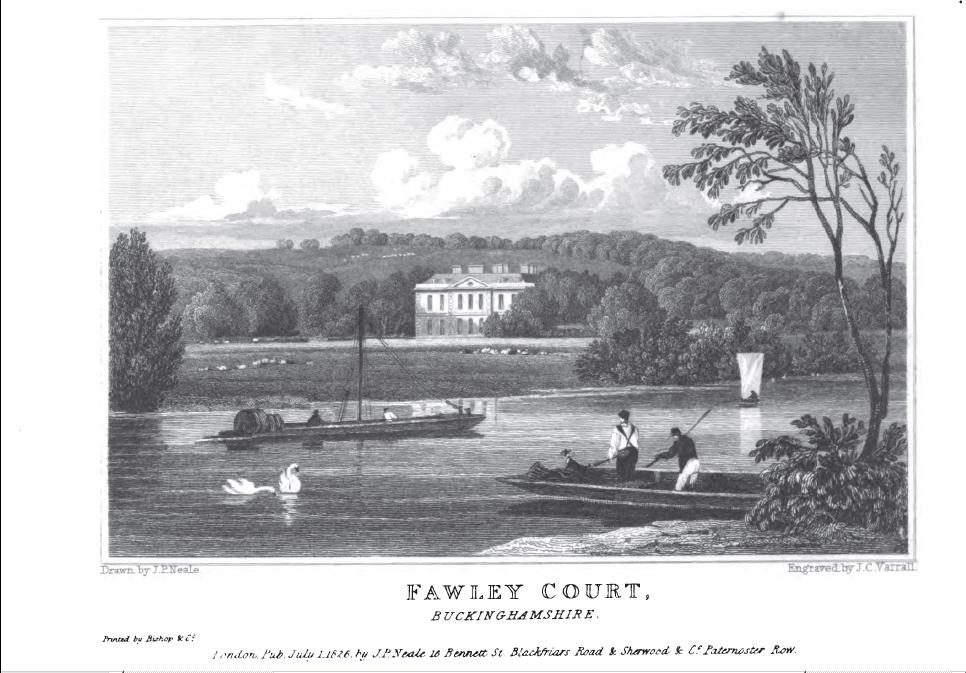

.png)
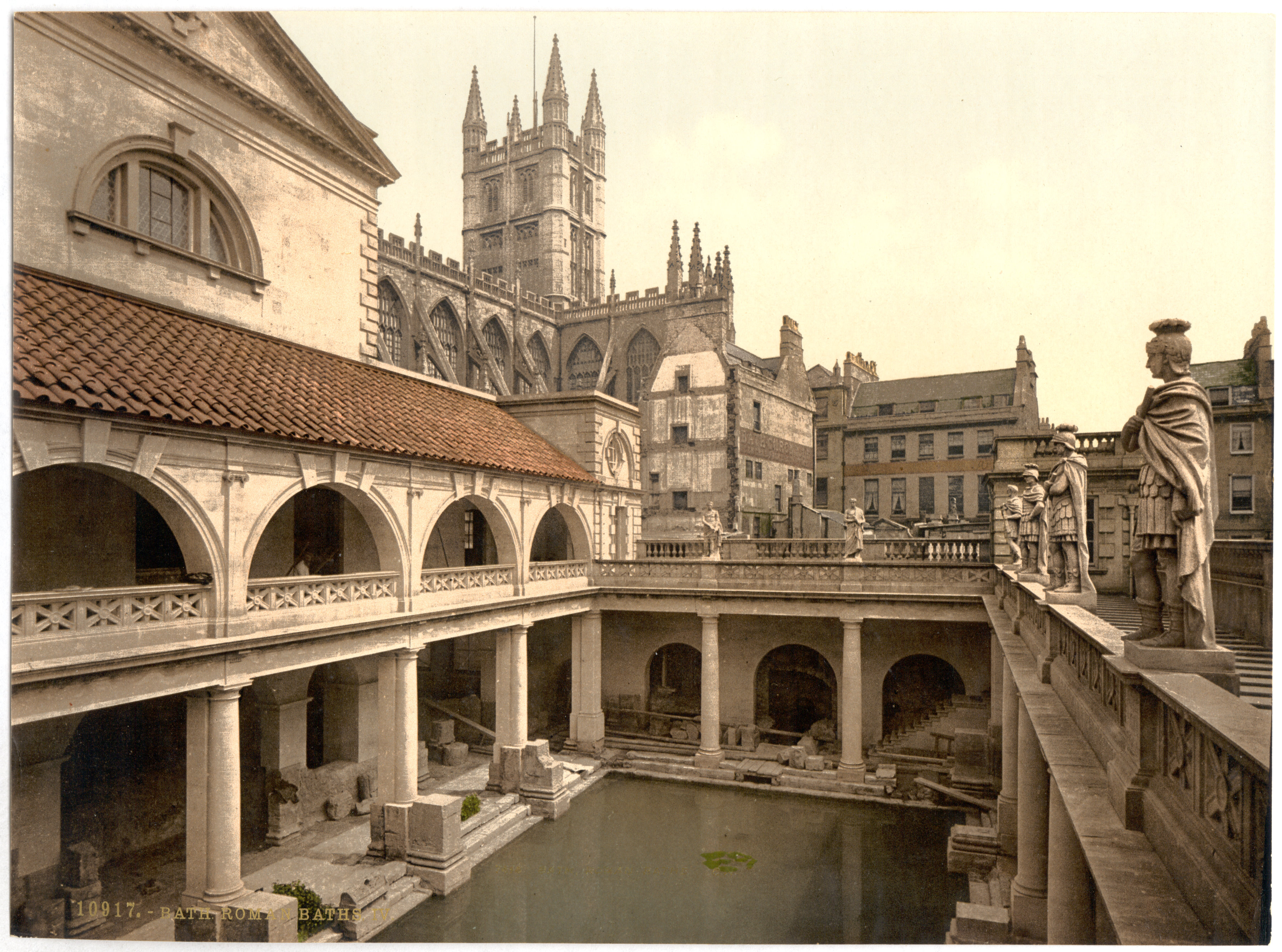
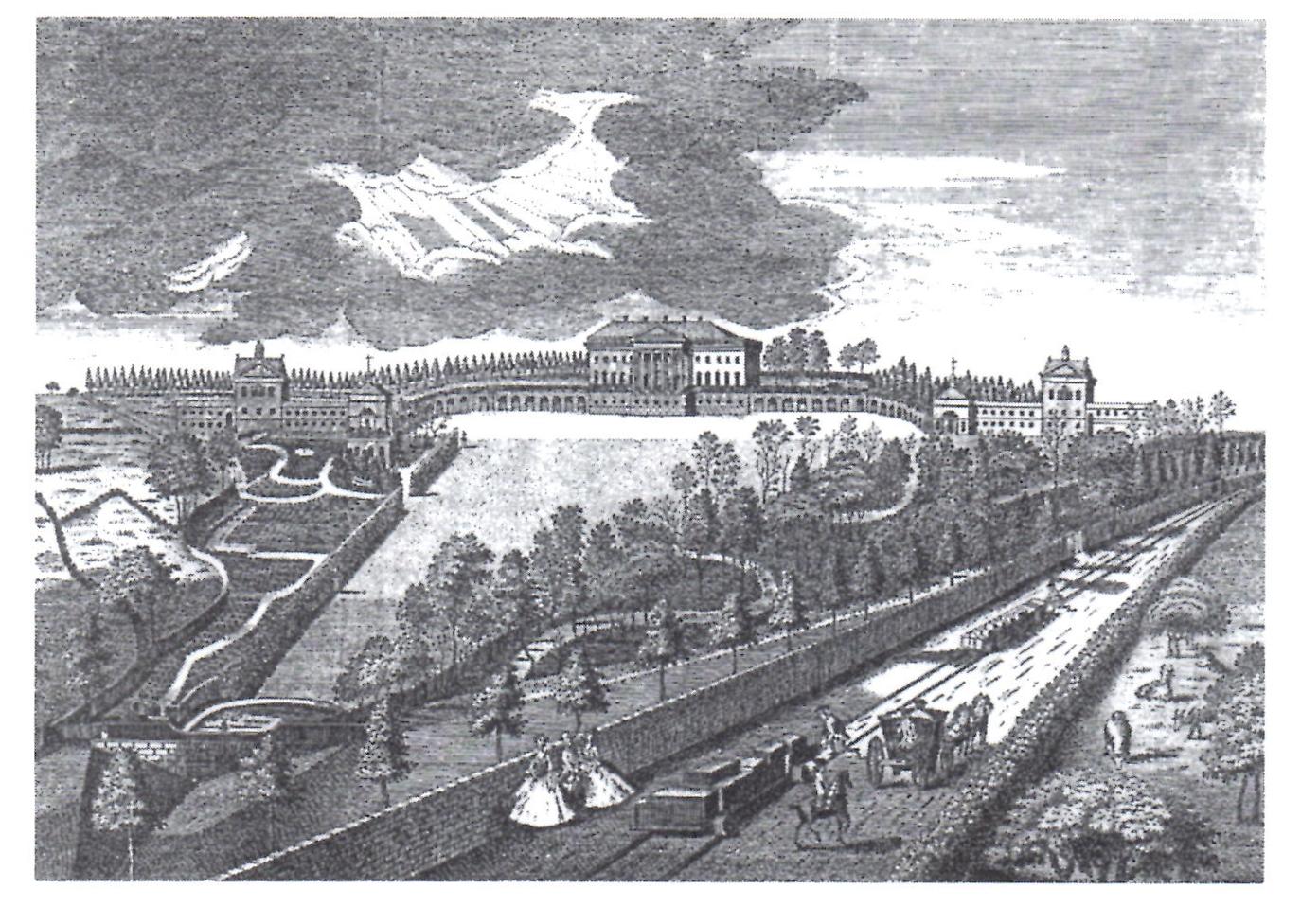

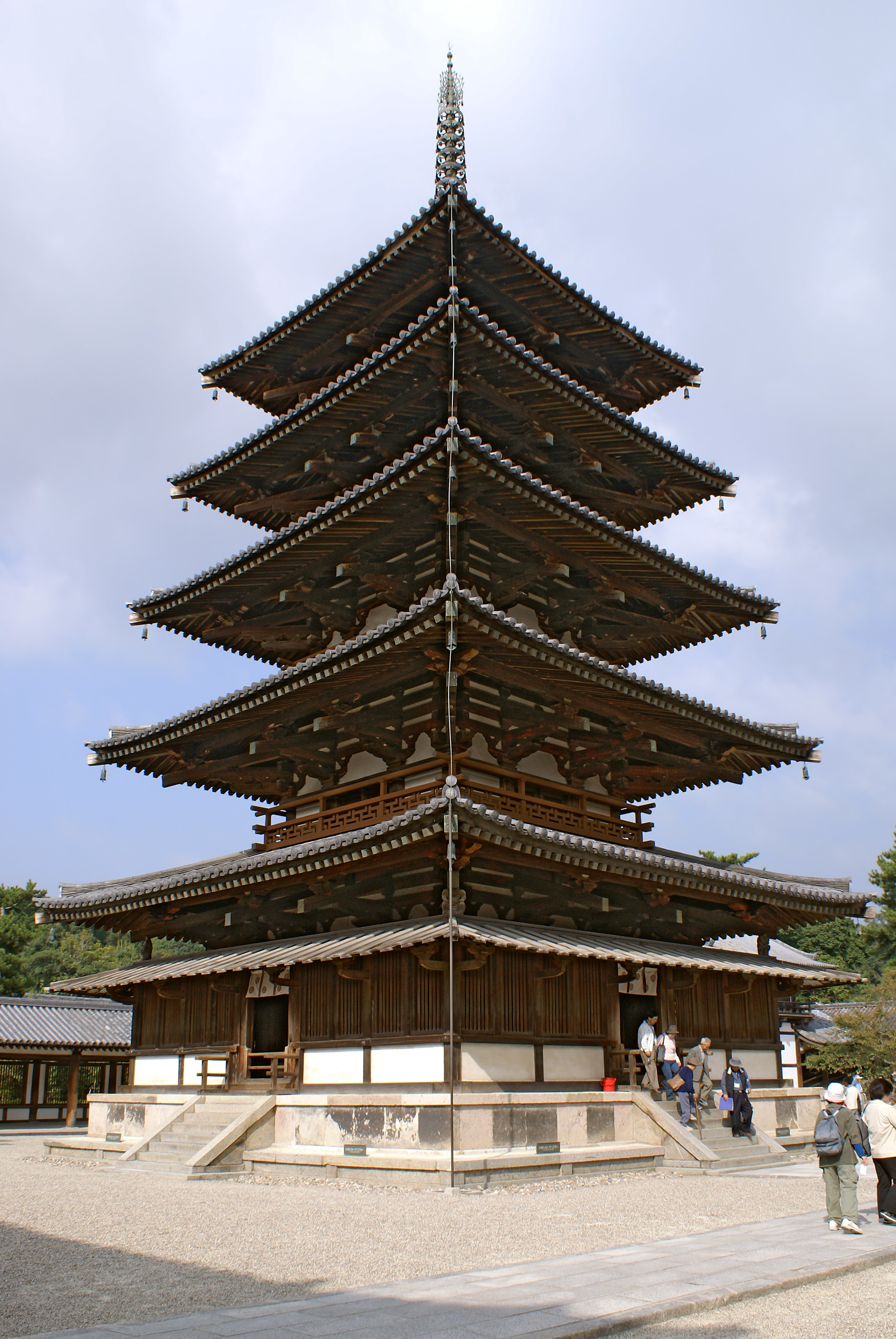
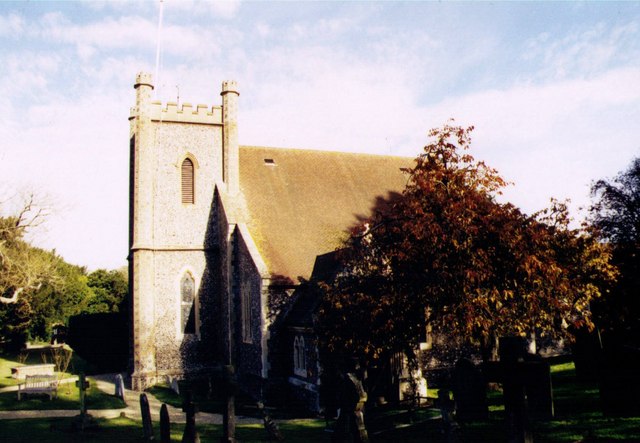

_-_facade_on_Piazza_dei_signori.jpg)